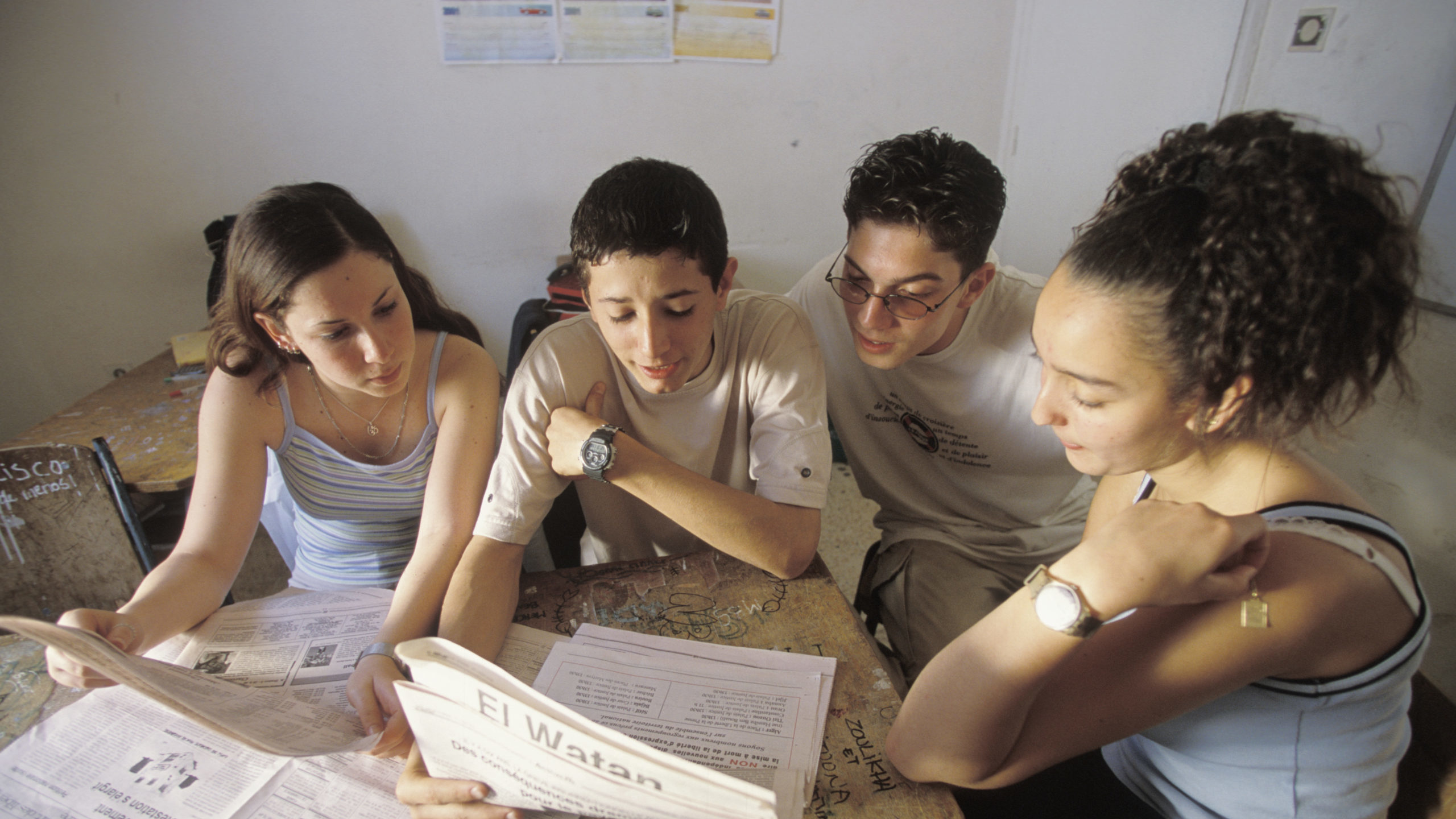post
The practice of safeguarding children and young people is crucial for civil society organisations working with them but currently it comes at a price. Too often, it impedes children’s ability to learn how to cope with risk, is disempowering and does not recognise children’s agency. Helen Veitch, co-founder and Director of Children Unite and Saadat Baigazieva, Senior Program Officer and Safeguarding Lead at FRIDA | The Young Feminist Fund, show that it is time to change and acknowledge that safeguarding can and should incorporate children’s agency and empowerment.
Black Lives Matter, the COVID-19 pandemic and the climate crisis have highlighted the increasing role young people are taking in activism across the globe. Particularly, young feminist organisers who continue to push for radical changes towards self-representation and self-determination in decision-making spaces. But ironically, on issues relating to children and young people, youth-led advocacy is either hidden, or, in the case of the child protection sector, is largely missing. Why? The most frequent reasons cited are safeguarding and ethical concerns – particularly for marginalised and exploited groups of children.
When we look at the practice of safeguarding, it is based on Western concepts of childhood that tend to box children into the spheres of family or school. But there is another way: feminist safeguarding, which incorporates children and young people’s agency and accounts for their activism in assessing and managing the risks they are facing.
Is child safeguarding fit for purpose?
Organisations that support the empowerment of exploited or marginalised children often fear that if they involve children who have lived experiences of trauma, they will be retraumatised and further harmed. This is particularly the case for young people undertaking advocacy or social action campaigns in the public domain. But rather than protecting children, this concern frequently translates into inaction and consequently, acts as a significant obstacle to their self-representation, engagement and empowerment, making safeguarding ‘not fit’ for this particular purpose. Ultimately safeguarding practice reflects the long-debated tension between protective and participative rights as well as a colonial preoccupation in the Global North of ‘saving children’. In Children Unite’s work we have found that concerns over safeguarding or ethics, however important, are often the biggest barriers to involving children and young people – who have lived experience of exploitation – in research, advocacy and activism.
Addressing the conundrum
Over the past 18 months, FRIDA | The Young Feminist Fund and Children Unite have been exploring the idea of taking a feminist approach to make FRIDA’s child safeguarding policy and practice more participatory, thereby centering healing for survivors. In its policy, FRIDA defines feminist safeguarding as working collaboratively with girls and young women using an approach based on consent, respect and shared responsibility.
Feminist safeguarding enables girls and young women to play a greater role in their own protection. This includes giving them the means to explore and understand how to assess and control risk, ensuring that those who are at the centre of a safeguarding concern – the survivors – are also at the centre of decision-making. As an abolitionist practice, feminist safeguarding also incorporates restorative and healing justice as an opportunity to transform harm.
Feminist safeguarding is still an idea in construction for FRIDA. It came out of a review of girl engagement with staff, board members, girl advisors and girl-led grantee partners – many of whom had experienced safeguarding as patronising and adult-centric that was more focused on protecting organisations than the children themselves.
The notion of ‘child safeguarding’ originates from Europe and is framed by the UN Convention on the Rights of the Child. As a result, it uses Western concepts of childhood and does not generally differentiate between younger children and older youth – mirroring the UN Convention. Nor does it appear to consider the 2016 General Comment on the Rights of the Child in Adolescence, which reflects a growing recognition of the second decade (10-20 years) as a life stage when young people are more active in advocating for their rights and playing a greater role in their own protection.
In terms of safeguarding, it follows that there is an inherent value in adolescents taking more responsibility for their own safety and exploring some risk-taking for themselves during the later stages of childhood. This is important in helping them understand the assessment and control of risks as they transition into adulthood – referred to as ‘transitional safeguarding’.
Given this, it is not surprising that young feminists’ reflections and exploration of the traditional approach to child safeguarding was ambivalent. This was particularly true for FRIDA girl advisors who have a central role in decision-making at FRIDA in policy, strategy and grantmaking processes; and who, from a series of consultations, identified that the behavioural code of conduct at FRIDA needed to reflect their experience of leadership and agency. Other changes to policy and practice to reflect feminist principles included the involvement of girls and young women in risk assessments and a deeper exploration of consent – regularly holding ‘consent conversations’ with girls and young women about different areas of activity, including whether the consent of parents should be sought or not. These adaptations recognise that youth activism is a dynamic process where risks can change rapidly. Young people are experts of their own realities who are best placed to identify protection strategies that work for their specific contexts. For young feminists, this may mean, not necessarily placing trust in traditional ‘protection’ role models such as parents or the police.
What about boys? Expanding the contexts
Taking a feminist approach to safeguarding highlights the power dynamics at play (notably patriarchy) in girls’ and young women’s lives. Whether feminist safeguarding can work equally well for boys and young men as well as gender non-conforming teenagers, is a question we have just started to explore. Although, from research exploring the sexual exploitation of boys, it is clear that patriarchal norms around masculinity are a significant contributing factor.
Looking at the wider context of youth activism, the REJUVENATE project has been helpful in exploring some of the structural inequalities young people are grappling with. For example, the concept of gerontocracy or the promotion of the connection between physically safe spaces and more abstract ideas of children-friendly spaces in public life – where they can enter into dialogue as equals with adults and decision-makers in the public domain.
What is clear is the world of safeguarding needs to start addressing the reality for young people who are involved in advocacy and activism in the Global South as well as the North; a safeguarding fit for the purpose of youth activism and empowerment.
Safeguarding for youth activism and empowerment
The next step is to test the ideas of feminist safeguarding and safeguarding for youth activism with a wider group of organisations that are practicing participatory advocacy, youth activism and power building approaches with children and young people. Protagonists from the children’s rights and child safeguarding fields need to be brought together with youth activists to explore how safeguarding can be ‘decolonised’ and restorative justice incorporated.
When safeguarding practice is critically re-defined by youth activists themselves, we will be one step closer to children and young people taking the lead in advocating for their rights and engaging in social transformation. Particularly those who have been marginalised as a result of their experiences of exploitation.






